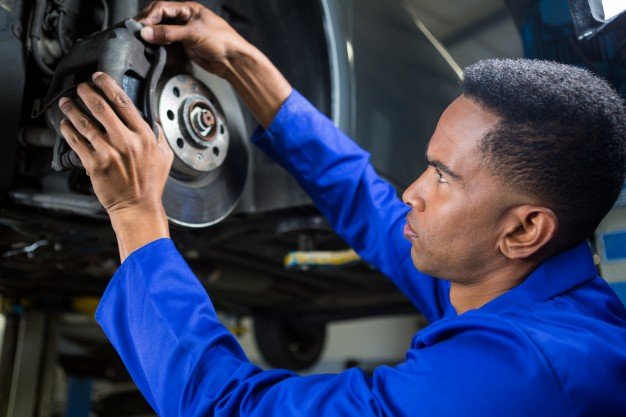There are certain luxury car marques that define an image as soon as the name is mentioned and Porsche is right up there as an iconic brand.If you are a Porsche Owners then you should know these beneficial tips for your car.
If you took the decision to join the Porsche club a while ago you will want to ensure that you get to know how to get the best out of your car from a performance and retentive value perspective.
Browsing a site such as webuyexotics.com will confirm the value and prestige that Porsche commands and you might even see a new model that might tempt you. In the meantime, you will obviously want to keep your car in the best possible shape and a great way to do that is to learn some useful maintenance tips.
Here are some maintenance tips that all Porsche owners should know.
Maintenance Tips for all Porsche Owners:
Look after your brakes:
You don’t need to be told how important it is to be proactive with the maintenance and repair of the braking system on any car but there are also some features and issues that are particularly relevant to Porsche models.
If you don’t use your Porsche or you are not Porsche owners on a regular basis there is a potential risk that the brake discs can suffer from corrosion.
If you are not using your car that frequently and it has been standing around for a while, even if that is in a garage, you should arrange to take a close look at your brakes to see how they are holding up.
The issue to be mindful of is that on Porsche’s it can often be the back of the disc that is most badly affected, which you can’t see without closer inspection of the vehicle.
You will probably notice if there is any pitting or corrosion as there will be a noticeable reduction in the efficiency of your brakes and you might feel vibration when you try to slow down.
Check and replenish fluid:
Another aspect of your braking system that is easy to overlook but could create a dangerous situation is the quality of your brake fluid.
It is a good idea to check the state of the fluid at least once a year or less.
You may not be aware that brake fluid diminishes with age and it also has the capacity to soak up moisture and suffer corrosion. Combined, those issues could cause your braking performance to suffer and that could be dangerous if your brakes can’t respond as you want.
A simple but effective maintenance tip is to check the brake fluid and consider changing it when you perform an annual service.
Don’t ignore steamy windows:
There are a couple of specific Porsche models that are known for suffering from water ingress issues, namely the 996 Cabriolet and Boxster.
A good clue to look for would be if your windows are steaming up.
It is wise to take notice of this warning sign as the electrical contact unit under the floor of the lefthand front seat could become damaged by the moisture. The way to help avoid this scenario is to regularly check the drains located just beneath the soft top and ensure they are kept clear.
If the problem persists, you should also check the membrane behind the door to see if it is working efficiently. Evidence of damp at the bottom of the door panels would suggest that it is not, which could be one reason why you are getting steamy windows.
Check your transmission fluid:
If you want to keep your car running smoothly and preserve the life of the engine a good maintenance tip would be to keep a close eye on the state of your transmission fluid.
It is easy to see how healthy your transmission fluid is by the color. If it is pink or red that means it is clean, but if the fluid is black it is dirty and definitely needs changing as soon as possible.
As a general guide, change your transmission fluid somewhere around 75,000 miles and don’t leave it any longer than 100,000 miles.
A good way to check the fluid would be to let your Porsche warm up before removing the dipstick and checking the levels and color.
Some models need an oil change quicker than others:
It is a good idea to find out the average lifespan of the engine oil relevant to the Porsche model you own and the intervals can vary.
A 993, for example, should get an oil change every 3,000 to 5,000 miles if you are going to enjoy a good performance and keep your Porsche on the road for as long as possible.
Read Also:
























